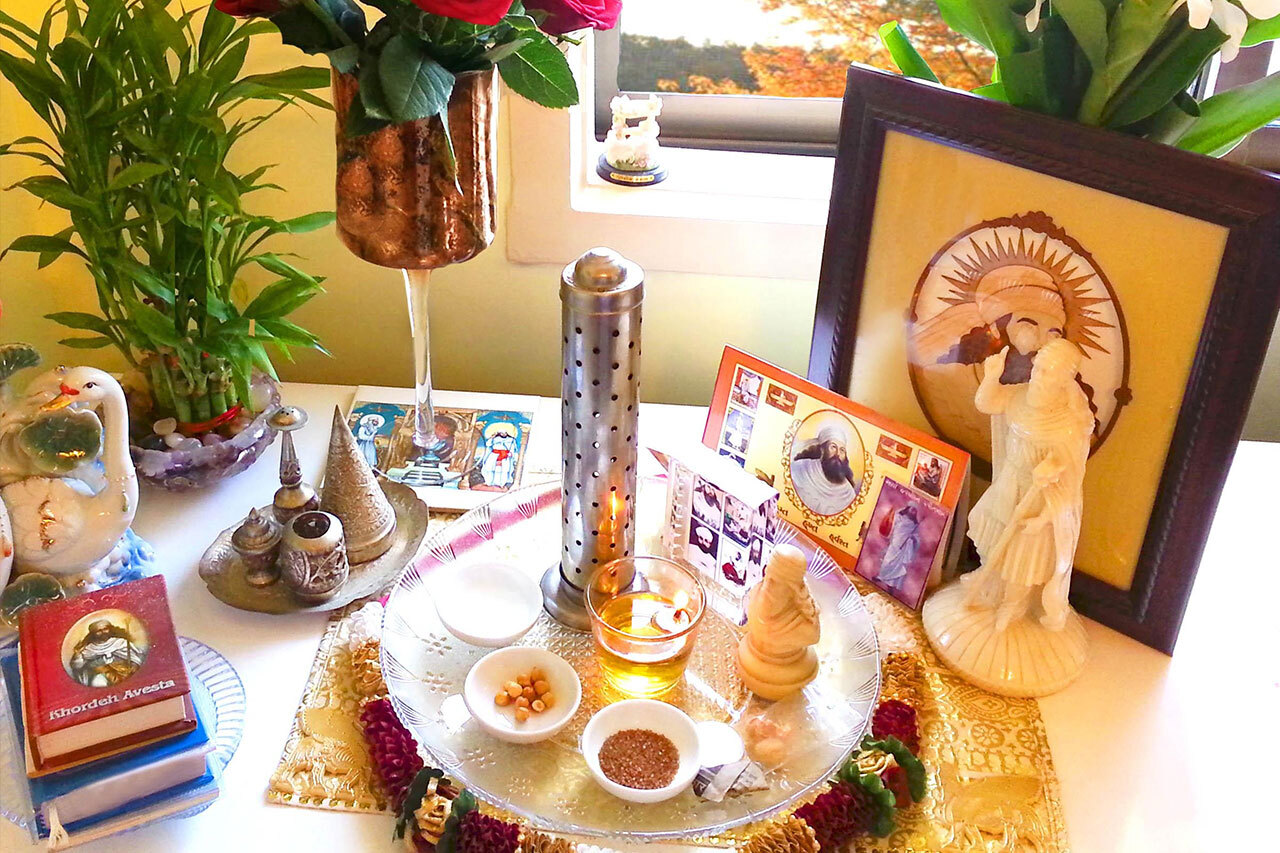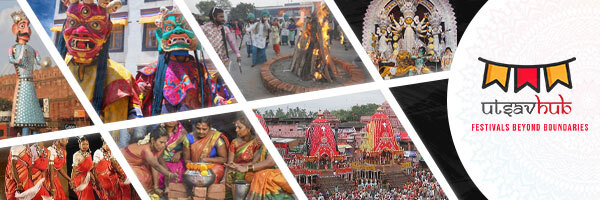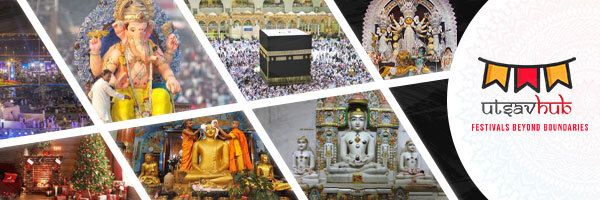
Navroz A Time for New Beginnings
- utsavhub.com
- 26 April 2024
- Festival Details
- 0 Comments
Navroz, also known as Nowruz or the Parsi New Year, is a joyous celebration observed by the Parsi community around the world. Derived from the Persian words “Nav” meaning new and “Roz” meaning day, Navroz heralds the arrival of spring and the beginning of a new year according to the Zoroastrian calendar. It is a time of renewal, hope, and festivities, as Parsis come together to mark the occasion with prayers, rituals, and traditional customs that have been passed down through generations.
Mythology and Significance
Navroz traces its origins to ancient Persia, where it was celebrated as a festival of rebirth and rejuvenation. According to Zoroastrian tradition, Navroz commemorates the creation of the universe by the supreme deity Ahura Mazda and the triumph of light over darkness. It symbolizes the victory of good over evil and the promise of a new beginning filled with prosperity, abundance, and blessings.
For the Parsi community, Navroz holds profound cultural and religious significance, serving as a time of spiritual reflection and renewal. It is a day of thanksgiving and gratitude, as Parsis express their appreciation for the bounties of nature and seek blessings for a prosperous year ahead.
Rituals and Traditions
Navroz is celebrated with a variety of rituals and customs that vary depending on regional traditions and cultural practices:
- Haft Seen Table: A central feature of Navroz celebrations is the Haft Seen table, adorned with seven symbolic items beginning with the Persian letter “S” (Seen). These items typically include sprouted wheat or barley (symbolizing rebirth), apples (for beauty and health), garlic (for medicine), vinegar (for patience and wisdom), sumac (for sunrise and the triumph of good over evil), dried fruit (for love and compassion), and a mirror (for reflection and self-awareness). Each item carries its significance and is believed to bring blessings and good fortune for the coming year.
- Prayers and Offerings: On Navroz, Parsis gather at fire temples or Agiaries to offer prayers and perform rituals in honour of Ahura Mazda and other deities. Special prayers are recited, and offerings of flowers, fruits, and sweets are made as expressions of devotion and gratitude.
- Family Gatherings: Navroz is a time for families to come together and celebrate in each other’s company. Relatives gather for festive meals, where traditional Parsi dishes such as dhansak, patra ni machi, and jardaloo ma murghi are served with great enthusiasm and relish.
- Charitable Acts: Navroz also emphasizes the importance of giving back to the community and helping those in need. Parsis engage in charitable acts such as feeding the poor, donating to charity, and supporting local initiatives as a way of spreading kindness and compassion during the festive season.
- Decorations and Festivities: Homes and public spaces are adorned with colourful decorations, flowers, and rangoli patterns to usher in the spirit of spring and new beginnings. Streets come alive with music, dance, and cultural performances, as Parsis join in lively festivities to welcome the arrival of the new year with joy and enthusiasm.
Celebrations in Traditional Times
In traditional times, Navroz was celebrated with great fervour and merriment within the Parsi community. Families would begin preparations weeks in advance, cleaning and decorating their homes, shopping for new clothes, and stocking up on ingredients for festive meals. On the day of Navroz, people would wake up early to perform cleansing rituals and offer prayers at the fire temple before gathering with loved ones for elaborate feasts and social gatherings.
Celebrations in the New Generation
In contemporary times, Navroz continues to be celebrated with enthusiasm and reverence by Parsis around the world. While the essence of the festival remains unchanged, modern adaptations have emerged, including community events, cultural performances, and charitable initiatives aimed at promoting unity and solidarity within the Parsi community and beyond. Despite the changes, Navroz remains a cherished tradition that serves as a reminder of the rich cultural heritage and enduring values of the Parsi community.
In conclusion, Navroz is more than just a New Year celebration for the Parsi community—it is a time-honoured tradition that embodies the spirit of renewal, gratitude, and hope. As Parsis come together to welcome the new year with open hearts and joyful festivities, Navroz serves as a poignant reminder of the timeless values of faith, family, and community that have sustained the Parsi community for generations.






